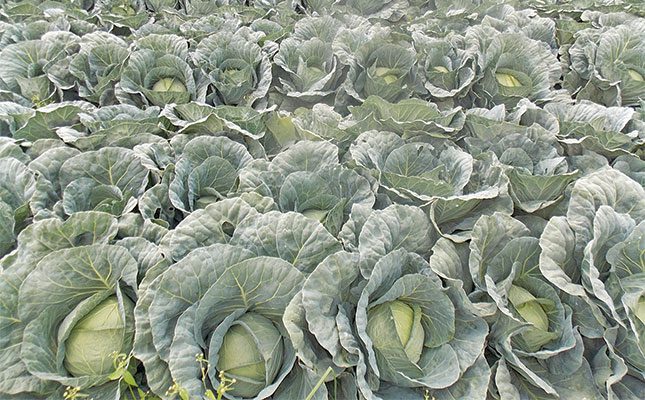The decision of what to plant should be based on average market prices in the long term, which enables vegetable growers to calculate what the market price fluctuations will be, says Bill Kerr.

Photo: Bill Kerr
The fresh produce market is like the stock exchange: there is no guarantee that you are going to get a return. I was once having a conversation with an old man who had spent his whole career investing in the stock exchange. The conversation turned to gold shares, and he gave me a professional tip on what the gold price was going to do.
If I had the money at the time, I would have used it for gold shares based on his advice. It turned out that he was totally wrong in his predictions, and if I had followed his advice, I would have been on the losing end. However, he hedged his investments, which in the long run worked out well for him.
Most successful vegetable growers decide on what to plant based on their knowledge of the crops that they grow and can be confident of being able to get good yields and quality.
The decision of what to plant is based on average market prices in the long term, which enables them to calculate what the market price fluctuations over an extended period will be. On average, they would make a fair profit and then stick to the volumes of each product through thick and thin.
I once had a very large client who would come to the vegetable trials with his accountant.
The accountant had a laptop with him and would check market prices, and he and the farmer would decide what to plant the following season based on the recent history of market prices. It did not take too long before he had to pack up his farming despite being an excellent producer.
One of the problems is that one assumes that if the market price of a commodity has been very low for a year or two, many farmers would rather plant another crop. Others would assume that this would be the right time to go big on that crop, as surely the price would be high the next year.
If enough farmers would reason this way, there could be glut on the market instead.
I remember one year when the cabbage price was sky-high that a number of wheat farmers decided to drop their wheat that year and plant cabbages instead.
One large pivot can make a huge difference in volumes on the market and drop the price to the extent that these farmers could hardly afford to send cabbages to the market.
Although most vegetable farmers now tend to plant a few crops to minimise risks, some farmers are very good at growing and marketing of a single crop only. A few large carrot farmers have gone this route.
One has to be very confident and have reserves to enable this approach. They become experts in their crop and, particularly with carrots, are able to afford the best machinery, which their volumes make possible, and are also able to grow and market at a lower cost than their competition.
However, most successful vegetable farmers grow a few crops well, and if one of them does not make a profit for a few years, the others will make up for this.
Whatever you decide to grow, plan to do so for the long haul and don’t try to speculate and gamble.
Bill Kerr is a vegetable specialist and breeder.